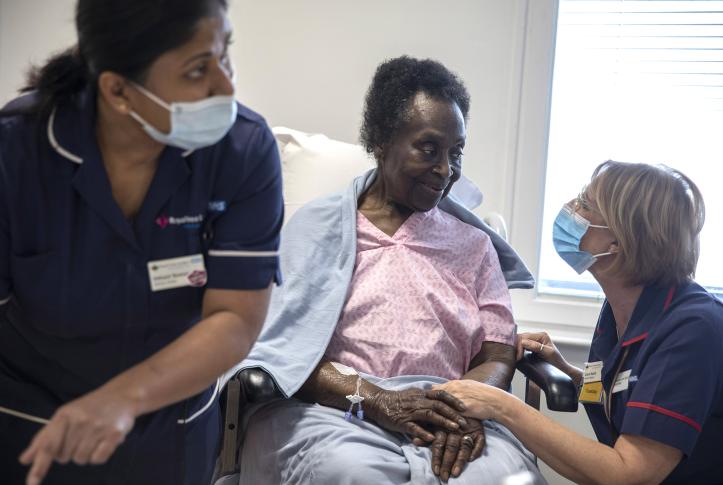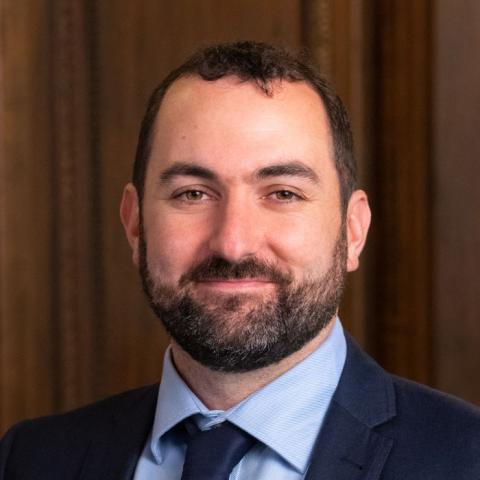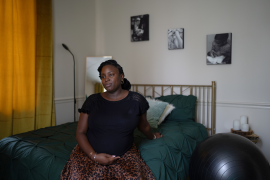The COVID-19 pandemic has exacerbated longstanding racial disparities in health in the United States and highlighted the need to address inequities across a range of health system functions. All countries face their own unique inequities in health status or in the distribution of health care resources among different population groups. We looked at how eight high-income countries (Australia, Canada, France, Germany, the Netherlands, New Zealand, Norway, and the United Kingdom) have sought to change the mindsets of health care leaders and professionals, measure and dismantle racism in care delivery, and promote equitable access to care. The eight countries finance health care very differently than the U.S. and are affected by racism and income inequality in varying ways. Nevertheless, they offer lessons and practical strategies for supporting historically marginalized groups and reducing health inequalities.
To identify how these countries have pursued health equity, we conducted a literature review (see the appendix) supplemented by interviews with five experts in global health and health equity. This blog post describes promising, evidence-based approaches to reducing health inequalities we identified that are relevant to the U.S. and could spur further cross-national learning.
Changing the Culture of Medicine
Across these eight countries, we found that medical associations and schools play critical roles in dismantling racism, often by identifying and reducing harmful stereotypes. In Canada, a group of medical students documented stereotypes that other students held of Canadian Aboriginal or Black populations. These included perceptions that these patients were less interested in remaining healthy, were to blame for their poorer health, and were vastly different from themselves.
Medical associations and schools also track and respond to instances of racism and discriminatory conduct in educational and work settings. In the U.K., medical colleges have acknowledged that Black and minority ethnic groups lack equal access to career opportunities within the National Health Service (NHS) and have been disadvantaged in terms of career progression, salary, sanctions for misconduct, and likelihood of experiencing bullying and harassment. Since 2017, the NHS has required all NHS organizations and health care providers in England to report metrics, including tracking minority representation among staff, managers, and board members and instances of bullying and harassment of staff. These reports allow health organizations to benchmark their progress and learn from best practices.
In 2020, the British Medical Association published a charter to guide medical schools in preventing and addressing racial harassment. It offers advice and case studies on how to encourage individuals — both those affected by racism and bystanders — to speak out; ways to ensure robust processes for reporting and handling complaints; and what to do if medical students experience abuse from patients or staff.
Measuring Racism in Care Delivery
A second theme that emerged in our literature review and interviews was the importance of measuring health care disparities to detect and ultimately undo racism in care delivery. Researchers in New Zealand found that breast cancer screening and treatment rates are lower among Māori than non-Māori women, and that Māori women are less than half as likely to reach the five-year breast cancer survival mark. In France, researchers found immigrants and their children from Sub-Saharan Africa, North Africa, and French overseas territories were more likely to experience discrimination when seeking care, and that such experiences tended to make people skip subsequent care. And in the U.K., people from Black and minority ethnic groups were four times more likely to be detained under the Mental Health Act — which allows people to be detained when they are considered at risk of immediate harm to themselves or other — than their white counterparts. These groups are also more likely to enter mental health services through the criminal justice system than through primary care.
In Australia, an external assessment tool was developed to help hospitals measure, monitor, and report on institutional racism. It assesses rates of preventable hospital admissions by race, the representation of minorities in leadership roles, and health services funding gaps, and was used to evaluate all 16 hospital and health services organizations in Queensland, Australia.
Understanding and Removing Barriers to Access
We found instances of health care professionals partnering with communities affected by racism to reduce mistrust. In the U.K., for example, there have been multiple interventions in Black faith communities to reduce stigma around mental health and promote well-being. A systematic review of these interventions found that community engagement strategies were an important element in promoting mental health and reducing stigma.
In Canada’s EQUIP model — designed in a primary care setting and later applied to emergency departments — staff are trained in three elements of equity-oriented health care: cultural safety, trauma- and violence-informed care, and harm reduction. The model encourages health care providers to consider the most pressing needs of local communities and shape services and protocols to meet those needs. For example, staff and leaders in primary care clinics were provided information on the wider community and social and historical backgrounds of their patient groups, as well as demographics and health data of these groups compared to population norms. This sensitized staff to the combination of pain, trauma, stigma, and substance abuse affecting large proportions of patients. In our interviews, experts also noted that building trust with community members and designing care from the ground up are important ways to make care responsive and accessible to all.
Moving Forward
Health inequities reflect broader disparities in access to education, economic advantages, healthy physical environments, and other resources, and health care providers can play a central role in understanding and addressing the problems. Cross-national learning can offer inspiration and examples for improving common health equity challenges. Our research uncovered a range of international efforts to advance health equity, offering guideposts for U.S. health systems working to undo racist practices and policies.





